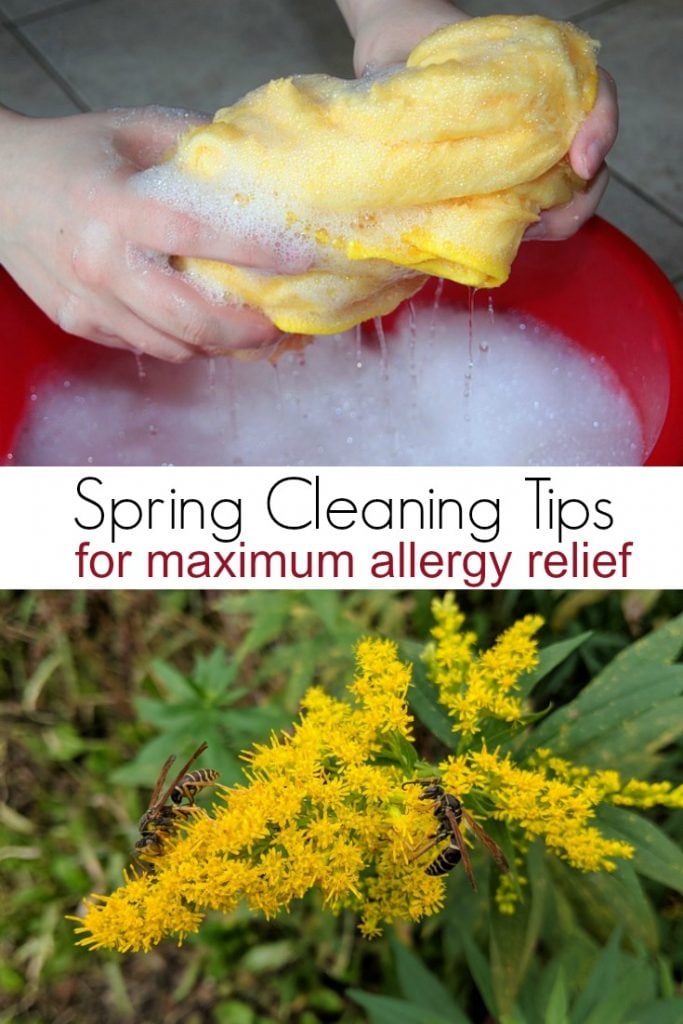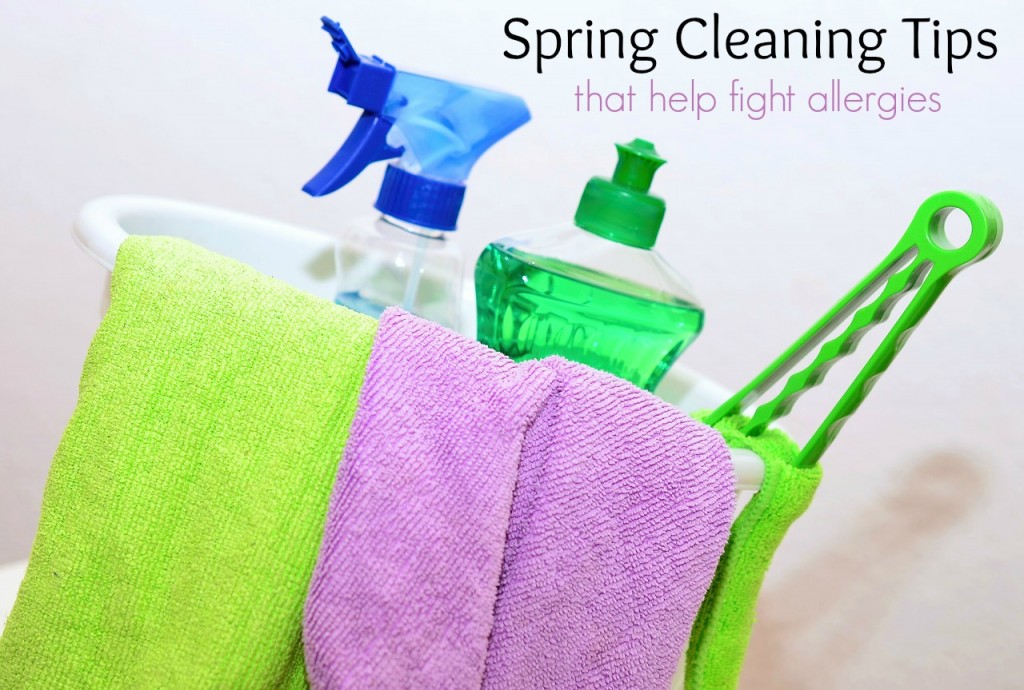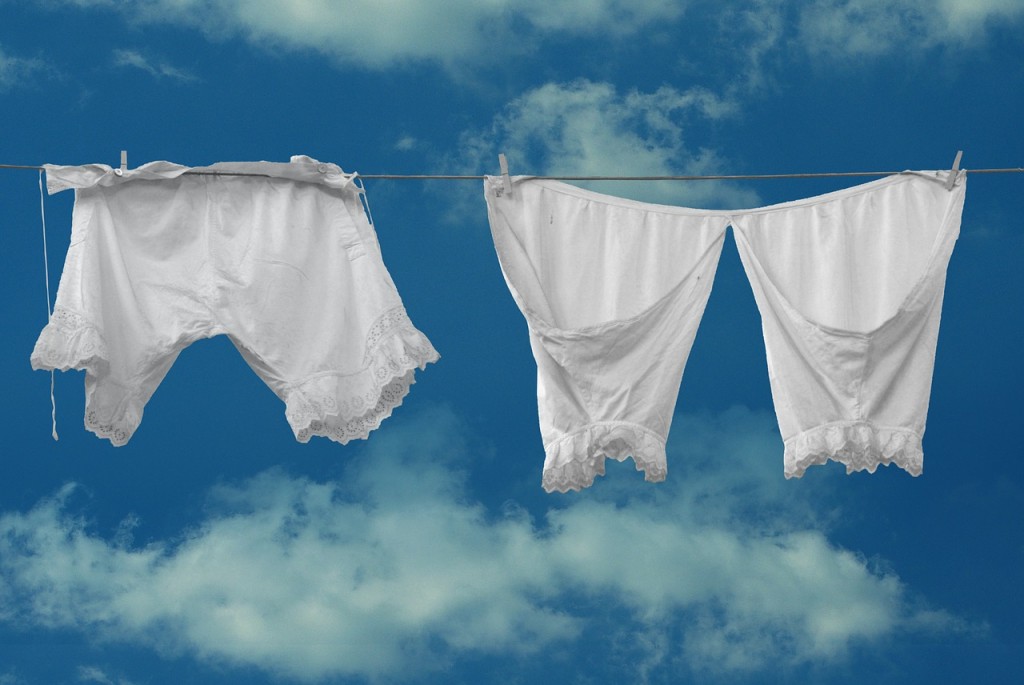Is your car yellow and your throat scratchy? Trying to figure out how to deal with seasonal allergies this month? Surviving spring allergies has become quite a chore in my house. I’m already stocking up on saline, tissues and eye drops. The number of people suffering from spring allergies has increased significantly in the last 10 years. Air quality is getting worse and our immune systems are getting overwhelmed.
Posts feature partner companies & may be sponsored. Post contains affiliate links & I will be compensated if you make a purchase after clicking on links. As an Amazon Associate I earn from qualifying purchases.
Table of Contents
Are You New to Seasonal Allergies?
Having grown up in the North, my system just can’t seem to handle the mold, cockroaches and year round plant blooming that you find here in Georgia. Some people have a harder time than others when it comes to dealing with allergies. There seems to be a genetic component to some allergies which sometimes makes solutions trickier to come by. Talk to your doctor about your allergy symptoms. They may recommend allergy shots or a daily allergy medicine.
Check out my post on allergy symptom relief for more ways to combat allergy symptoms. If you experience sudden allergy symptoms after moving to a new location, you may need allergy shots or a really thorough cleaning of your new living quarters.

✯Don’t want to miss the next post?✯
Follow Turning the Clock Back on Facebook | Twitter | Pinterest
Or join the private Facebook group for simple tips on going green!
Cleaning Tips for Surviving Spring Allergies
If you find yourself sniffling and sneezing already this year, here are 10 cleaning tips to help you combat spring allergies.
Wash your bedding:
Bedding, comforters, curtains, towels and other soft surfaces trap dust mites. According to the American Academy of Allergy, Asthma and Immunology, dust mites are the most common trigger of allergies and asthma. Wash bedding, comforters, towels and curtains in hot water reaching at least 130 degrees Fahrenheit.
Bedding Tips for Allergy Sufferers
- Clean and filter bedroom air prevent dust buildup.
- Watch the humidity. Mold loves a humid climate
- Keep your bedroom windows closed. No listening to crickets for you!
- Say goodnight to Fido and Fifi somewhere else. Don’t allow pets in the bedroom if you have bad allergies.
- Choose a hypoallergenic mattress and bedding.
- Maintain your bedding with regular cleaning. Take large blankets and comforters to the dry cleaners. Don’t air dry your sheets.
- Avoid scented products when you wash your bedding.

Air things out
There is no replacement for good ventilation, so air out the house as weather permits and put on exhaust fans when cooking. Try not to do this during the height of pollen season. Use HEPA air purifiers to remove airborne allergens and reduce symptoms caused by house dust allergies.
How to Choose the Best HEPA Filter to Survive Spring Allergies
- Determine why you need an air purifier. What are you allergic to? Cat dander? Dust mites? Size and type of allergen matter when choosing a HEPA filter.
- Select which type of air purifier best suits your needs. Read the technical specifications of the air filters as well as the reviews.
- Look for a model that has a prefilter as well as a HEPA filter. This will extend the life of your HEPA fine particle filter.
- Calculate the area you need to purify. Big rooms will need a larger model.
- Decide your budget. Remember, though, you get what you pay for sometimes. Cheap is rarely better when it comes to the best filters for seasonal allergies.

Don’t forget the basement
Basements, vents, and crawl spaces can hide and trap allergens and household dust, pushing them into clean areas of the home. These areas should be cleaned on a regular basis because they easily hide areas with high moisture and humidity, promoting mold growth and circulation of spores in the home.
Protect yourself
Use a dust mask while cleaning if needed. This will limit the exposure to airborne allergens in the home and decrease allergy symptoms. Use a damp rag when dusting, rather than a dry one so the dust and allergens get trapped in the cloth instead of sent airborne. Does dusting help allergies? Yup, it sure does. However, allergy sufferers should reduce exposure to allergens, including molds, pollen, pet dander, dust mites, and cockroach droppings, by wearing a protective mask.

Don’t air dry your laundry
As much as I love air drying clothes, I don’t do it very often in the spring. When the pollen counts are high, that pollen ends up on your clothes, which makes surviving spring allergies pretty tough!
Tackle Spring Allergies with Smart vacuuming
Consider replacing your vacuum with a HEPA filtered vacuum for tackling home cleaning projects. Traditional vacuums put allergens back into the indoor air triggering house dust allergies while HEPA filter vacuums are designed to prevent their recirculation. Here is an affiliate link for a reasonably priced HEPA vacuum on Amazon.
Bedroom bookshelf solution
Bookshelves collect dust and dust mites that can trigger symptoms like itchy eyes, congestion and sore throats. Get some relief by cleaning these spaces thoroughly at least once a week. For a more permanent solution, remove the bookshelves from the bedroom entirely or buy a cabinet with a door.
Air regulation
One of the most important spring allergy tips I can provide is to keep your household air clean and dry. Use dehumidifiers inside the home and change their filters regularly.
Allergy Relief TIP: Buy a portable dehumidifier. If you plan to move the dehumidifier from room to room frequently, consider buying a portable model. These often have wheels on the base or are light and easy to move. Having a portable dehumidifier will also enable you to move it around the room.

Chill out
Every time the refrigerator opens and closes, mold spores collected in the door seal are released into the air. As spilled liquids and food crumbs find their way into the crevices, mold begins to grow, which can trigger allergies. Kill these mold spores and relieve symptoms with a thorough cleaning. When wiping the seal down, use cotton swabs to get into the crevices where food, mold and dust collect.
Wash and dry
Dry all surfaces in the bathroom and kitchen after use, and check for leaks in the plumbing that can result in mold growth.
Ways to Control Mold Growth Inside
- Dry wet areas immediately.
- Prevent moisture buildup with proper ventilation.
- Equip your home with mold-resistant products. Mold resistant shower curtains work well.
- Monitor humidity indoors. Invest in a dehumidifier.
- Direct water away from your home outdoors.
Figuring out how to deal with seasonal allergies can make your life much more pleasant once spring his. If you want more tips for surviving spring allergies, check out these housecleaning tips to ease allergies on WebMD.
Have any other tips for surviving spring allergies?
(NOTE: This post updated and content added from previous publish date)

Diane is a professional blogger and nationally certified pharmacy technician at Good Pill Pharmacy. She earned her BS in Microbiology at the University of New Hampshire and has worked in cancer research, academics, and biotechnology. Concern over the growing incidence of human disease and the birth of her children led her to begin living a more natural life. She quickly realized that the information she was learning along the way could be beneficial to many others and started blogging and freelance writing to share this knowledge with others. Learn more about her HERE.

Great tips! My 6-year-old has seasonal allergies. I need to do spring cleaning every year to get rid of mold, dust and other allergins. Thanks for sharing. Have a terrific week!
thanks for stopping by. My allergies were much more seasonal when I lived in Connecticut. Here in Georgia they are pretty much year round!
A few of these things I’ve never thought about. This is a great post, it opens eyes to allergians. I didn’t think about air drying clothes in the spring. I was in Georgia a few months ago, it’s beautiful!
It is beautiful in the spring but wow are there are ALOT of allergens in the air!
I just recently started being allergic to everything so I’m all over this post! Thanks for sharing!
I hope the tips help. My allergies in the south are so much worse than they used to be up North!